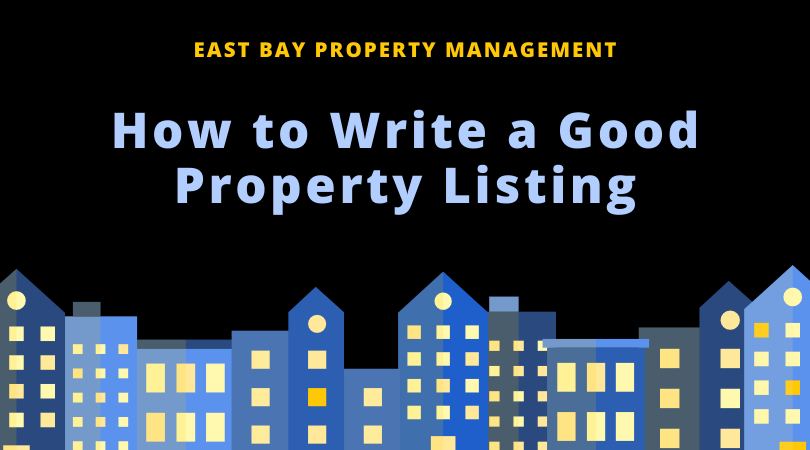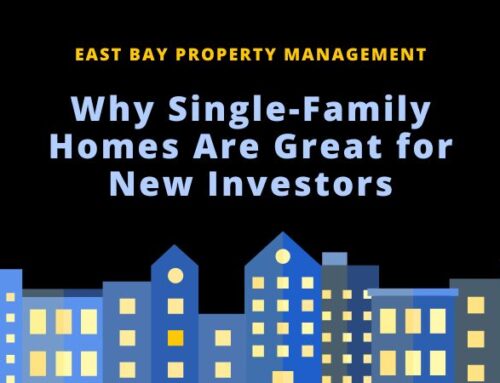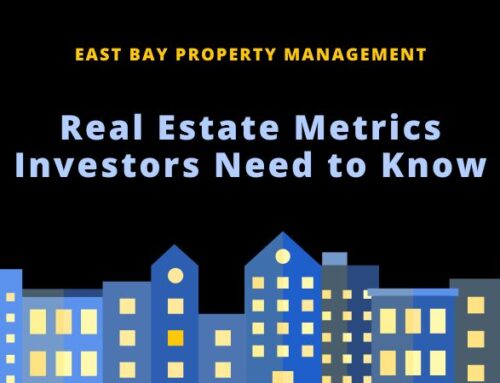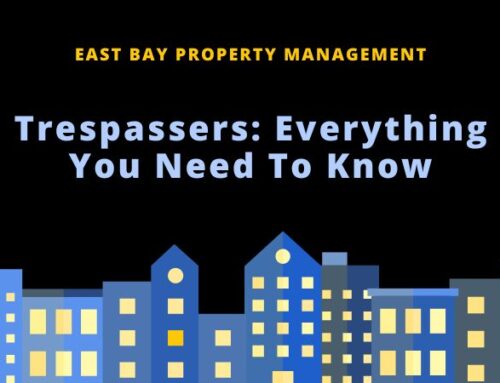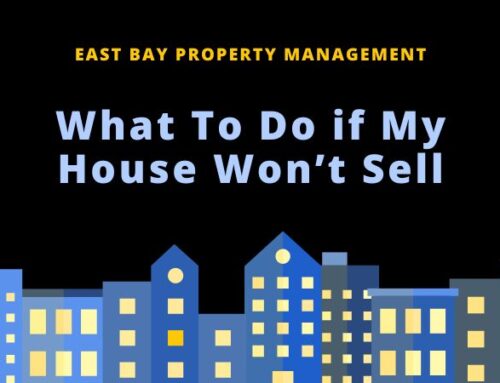One of the most powerful ways to capture the attention of prospective renters is to create a good property listing. It must be attractive and provide details that potential tenants want to know about. If you’re new to crafting a property listing, the process may feel overwhelming.
That’s why we’re here to help!
In this post, we are going over useful tips to help you design a property listing that works!
1. Start with the Building Blocks
Be sure to include the most simple things in your property listing, such as the number of bedrooms and the number of bathrooms that your rental home has.
A prospective renter will want to know this kind of information right away.
Prospective renters even use the number of bedrooms and bathrooms as the main keywords when searching for a rental property. Thus, including the number of rooms in your headline is effective.
2. Learn the Process of Writing Headlines for your Rental Listing
When writing headlines, remember to be direct. Mention the number of rooms, the property type and location of your property.
Choose specific terms and avoid any non-essential descriptions and vague adjectives.
For instance, don’t define your rental as “luxurious” as that adjective is subjective and some people have different thresholds of luxury. It’s best to use specific details that are hard to argue on, such as the number of bedrooms, the type of rental home and your property’s neighborhood.

3. Mention the Rent Rate
Since you’re advertising a rental home, the prospects will naturally want to know whether they can afford the rent or not. You can go on and on about your property features and amenities, but if the prospect’s budget is lower than your rent price, it won’t amount to signing a leasing agreement.
That’s why you want to be sure to mention the rent price in the property listing.
In addition, information on move-in charges, security deposit fees and other property-related required payments should be included. This way, the potential renters can gauge if they have enough financial wiggle room to pay for the other fees. People looking to rent appreciate this open information, so there are no surprises.
4. Creating a Property Description
Prospects will appreciate a concise property description. Brief but specific details are favored since it keeps the interest focused. Avoid boring your audience with extra lengthy information that doesn’t really matter.
Note that renters desire to learn what makes your property stand out. Promote its best features and amenities. You can also mention if it’s close to nature and provides scenic panoramas.
Craft a compelling story when writing a property description. Make it vivid and talk about the lifestyle the renter may have when living there.
Consider the following questions when writing the property description:
- What amenities will they be exposed to? Are there shopping malls, parks, schools, entertainment hubs, transportation options available nearby?
- What kind of community events are hosted in the neighborhood?
- What type of outdoor activities are available for them to engage in?
Make it as realistic as possible by using detailed descriptions. Don’t exaggerate or use flowery words. Prospects will be drawn to rentals with accurate descriptions.

It would also be great if you included the lease terms.
Consider mentioning the following:
- Are you open to a month-to-month lease, or do you prefer a longer yearly lease?
- Will you be living in the same property area or building?
- What’s your pet policy? Do you accept pets in your rental unit?
This is valuable information that renters frequently seek answers to.
5. Avoid Violating the Fair Housing Act (FHA)
Discrimination in any form should be avoided when marketing your rental home.
There are protected classes that the Fair Housing Act law safeguards against discrimination. The protected classes include race, color, national origin, religion, sex, familial status, and disability.
It’s important for you to brush up on your knowledge of the Fair Housing Act to avoid any unintentional violation. Another law to be aware of is the Implied Covenant of Enjoyment.
6. Proofread your Property Description
Review the grammar and tone. Don’t get carried away with too many exclamation points and use the proper punctuation.
If not, you’ll risk either alienating the reader or annoying them just for the price of attention.
You may consider hiring a professional to edit the property description.
7. Include Images and Videos
Enhance your property listing description with professional photos and videos. This is a great way to visually ignite the interest of your audience. People appreciate visuals to help them envision themselves living your in rental home.
Be sure that the photos and videos show a clean house and a clutter-free environment. Use natural lighting from the windows to brighten the rooms. It’s best to shoot the photos and videos during the golden hours for a more attractive capture.
Aim to include 10-15 pictures in your listing.

Bottom Line
Are you looking to capture the attention of prospective renters? If so, then creating a good property listing is crucial.
We hope this article was helpful!
If all this information makes you feel overwhelmed, consider hiring a professional property management company.
Contact East Bay Property Management today for more help.

